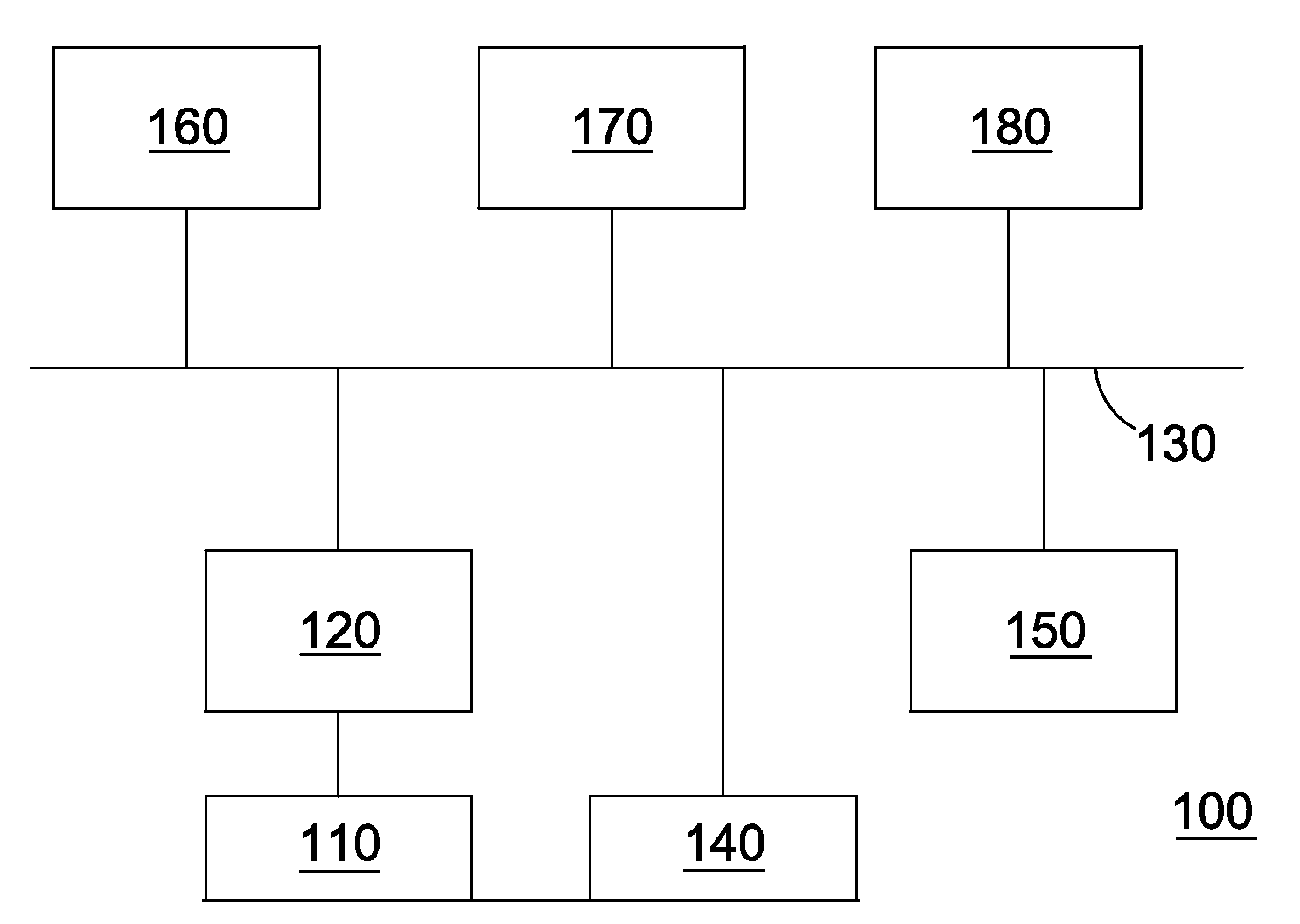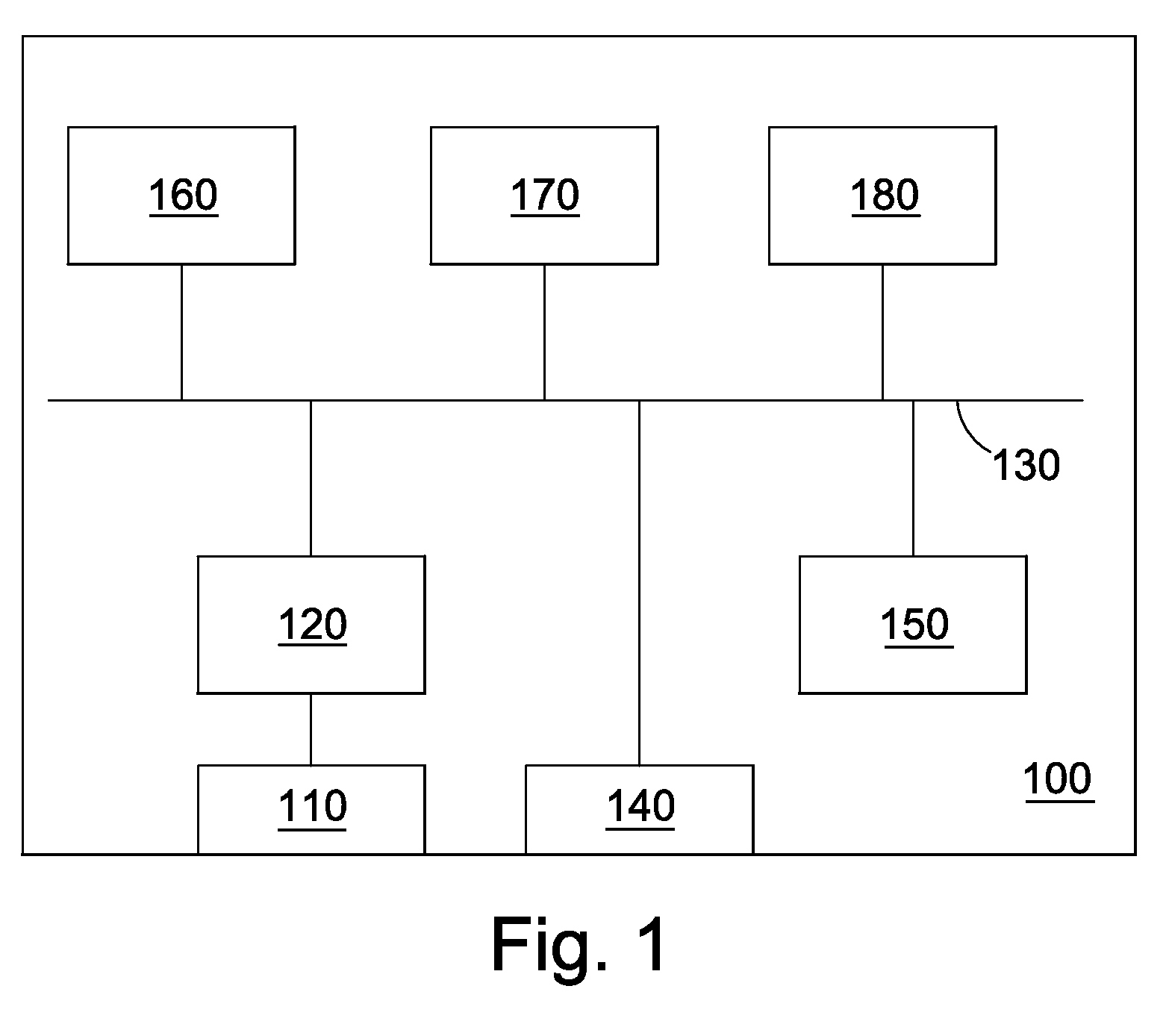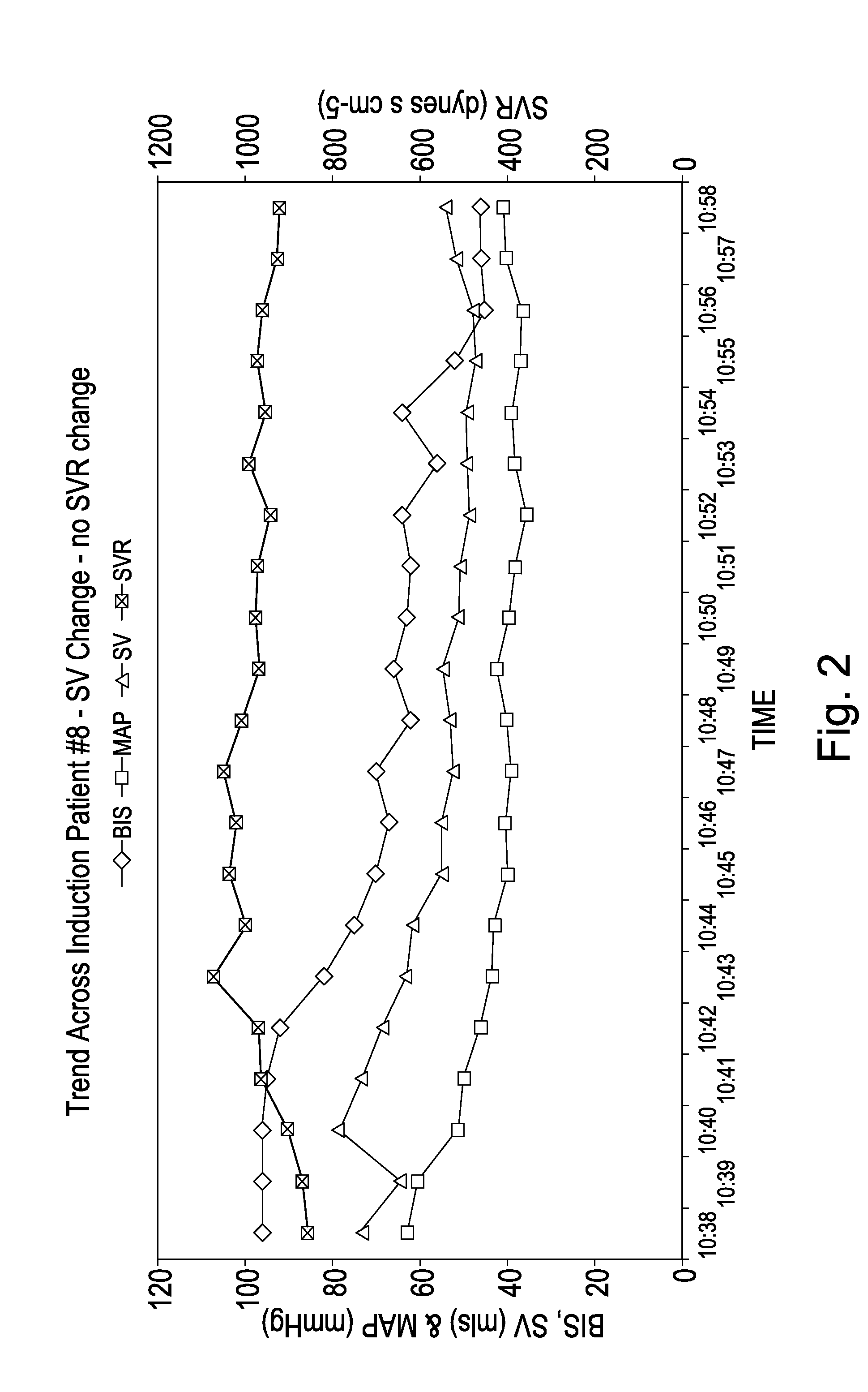Monitoring Device and Method
a monitoring device and hemodynamic technology, applied in the field of apparatus and method for hemodynamic monitoring, can solve the problems of reducing the resistance of the affected vasculature to blood flow, severely limited space available for any kind of display, and increasing the afterload of patients with no preload reserve, so as to facilitate the detection of simultaneous changes in consciousness and in one or more hemodynamic parameters. , the effect of reducing the risk of strok
- Summary
- Abstract
- Description
- Claims
- Application Information
AI Technical Summary
Benefits of technology
Problems solved by technology
Method used
Image
Examples
Embodiment Construction
[0063]An embodiment of the present invention will be described in the following. FIG. 1 shows an overview of a monitor 100 of an embodiment of the present invention. The monitor 100 comprises an input port 110 to which a device providing an analogue pressure waveform can be connected and through which the analogue pressure waveform can be input into the monitor 100. An analogue to digital converter 120 is provided for converting any analogue pressure waveform received through the input port 110 into a digital signal. The digital signal can be placed on the bus 130 for further processing. The monitor 100 further comprises a second input port 140 to which a device providing a BIS signal can be connected and through which the BIS signal can be input into the monitor 100. In the present case the BIS signal is assumed to be a digital signal, so that it can be used directly by the monitor 100 without prior analogue to digital conversion. It will, however, be appreciated that other arrange...
PUM
 Login to View More
Login to View More Abstract
Description
Claims
Application Information
 Login to View More
Login to View More - R&D
- Intellectual Property
- Life Sciences
- Materials
- Tech Scout
- Unparalleled Data Quality
- Higher Quality Content
- 60% Fewer Hallucinations
Browse by: Latest US Patents, China's latest patents, Technical Efficacy Thesaurus, Application Domain, Technology Topic, Popular Technical Reports.
© 2025 PatSnap. All rights reserved.Legal|Privacy policy|Modern Slavery Act Transparency Statement|Sitemap|About US| Contact US: help@patsnap.com



